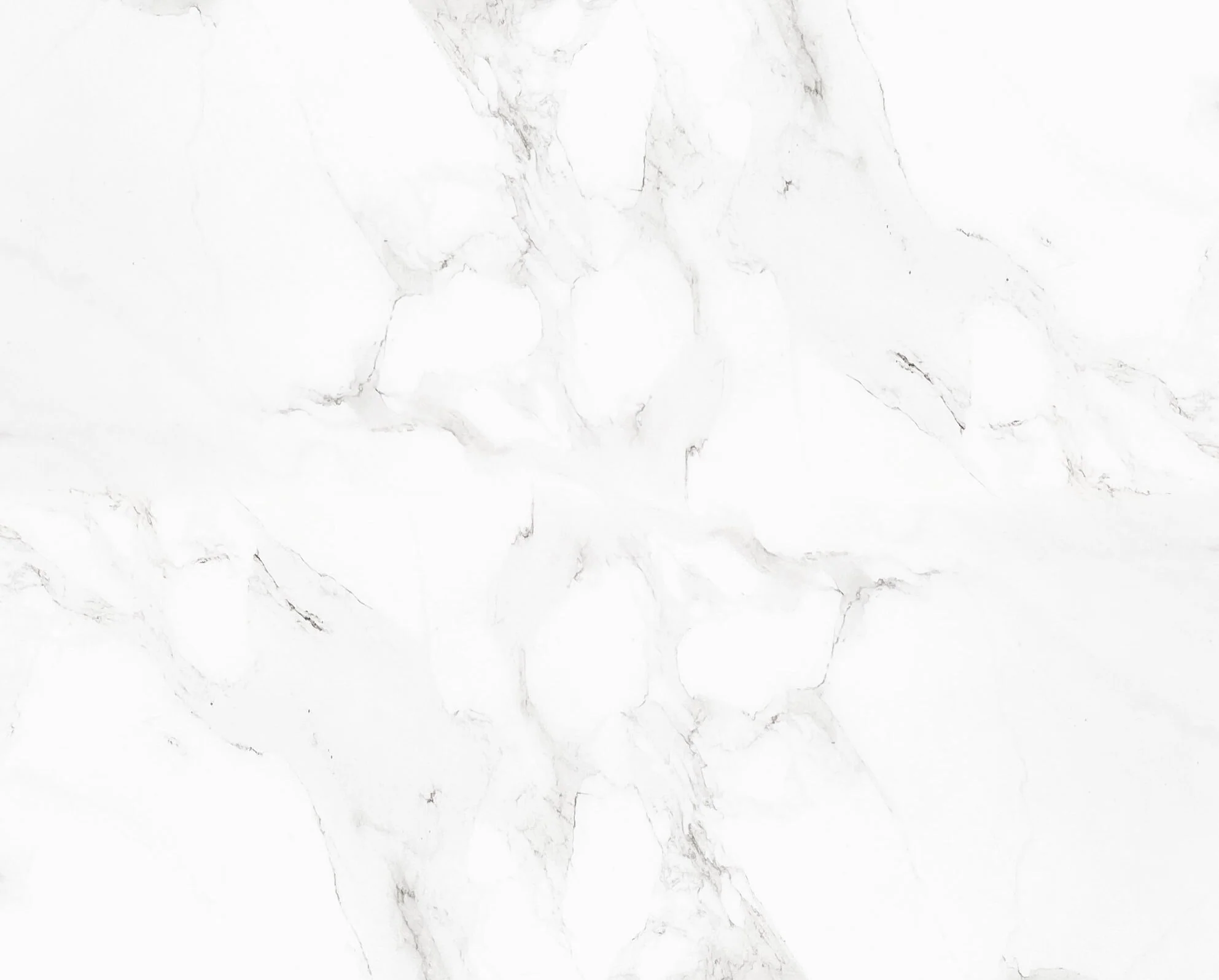Is a thick pan/pot base better than a thin one?
Unfortunately, the answer is not so simple and clear. There are advantages and disadvantages to both. But first of all, the question arises:
How thick is a "thick base" anyway?
That depends on the material and type of construction. For aluminum, we would speak of a rather thick base from a thickness of approx. 5 mm, for cast iron from approx. 4 mm, for steel enamel and carbon steel from approx. 2 mm, for stainless steel with sandwich or capsule base from approx. 5 mm and for stainless steel in continuous multi-layer construction (3-ply/5-ply) from approx. 2.5 mm.
Advantages of a thick base
The biggest advantage of a thick base is an obvious one, namely stability. A thick base is better able to compensate for the stresses in the material caused by the thermal expansion of the metal than a thin base. In pans with a thin base, the risk of permanent deformation of the base in the event of overheating or uneven heating is greater than in pans with a thick base.
Another advantage of a thick base is its ability to retain more heat. This can be advantageous in the following situations: Switching the heat supply on and off at intervals on a low hob setting leads to "wavy boiling", particularly with ceramic hobs and especially with induction hobs, i.e. the water boils up briefly, then pauses and then boils up again briefly. For technical reasons, this is not possible with electric hobs on a low power setting. However, a thick base with good heat retention can smooth out this ripple and thus ensure more even cooking.
Disadvantages of a thick base
An obvious disadvantage of a thick pan base is the increased weight: the heaviest pan of a given material, design and size can be twice as heavy as the lightest. Of course, the greater use of material is also associated with the issue of costs; a very sturdy, heavy pan will generally be significantly more expensive than a very light pan made of the same material, design and size.
Where there is more mass, more energy is needed to bring this greater mass to a certain temperature. This is unavoidable. When cooking, this primarily means more time, as the pot/pan with a thick base takes a little longer to heat up. However, it can happen that a certain amount of water boils faster in a pot with a thick base than in a pot with a thin base. Why is this? Well, due to its stability, the thick base can sometimes have a significantly lower hollow curvature than a thin base and therefore have better contact with the hob, which can ensure better heat transfer on electric hobs and radiant hobs (Ceran).
Advantages of a thin base
The first advantage of a thin base is that it is lighter. For many people, heavy pans with a thick base, for example, are difficult to handle and a low weight is a great advantage for dishes that require frequent swirling of the pan. After all, you will hardly be able to swivel a heavy, solid pan with the flick of your wrist.
Another advantage of a thin base is that it heats up more quickly, as a thinner base means less mass that needs to be heated. For comparison: bringing just 1 liter of water to the boil is quicker than bringing 3 liters to the boil.
Disadvantages of a thin base
One disadvantage of a thin base can be poorer heat storage and, as a result, poorer heat distribution: If there is less mass, only less heat can be stored and distributed. If the hob is significantly smaller than the base of the pan, this can be relevant because the outer areas of a pan with a thin base, for example, will receive significantly less heat than in a pan with a thick base.
Base stability is also more problematic with thin pot and pan bases than with thick bases. Overheating, incorrect (not exactly centered) positioning on the hob and rapid temperature changes stress a thin base more than a very thick one. In cookware with a thin base, the hollow curvature, which takes into account the expansion of the metal when heated, is usually greater than in cookware with a thick base.
Conclusion
Whether a thin or thick base is better depends to a large extent on personal preferences and priorities. When choosing the right cookware, you need to ask yourself questions such as "What is more important to me, low weight or maximum base stability, fast heating or good heat retention? Do I want to swirl the pan often or not?".
All the good things are never together. But not all the bad things either ;-)


